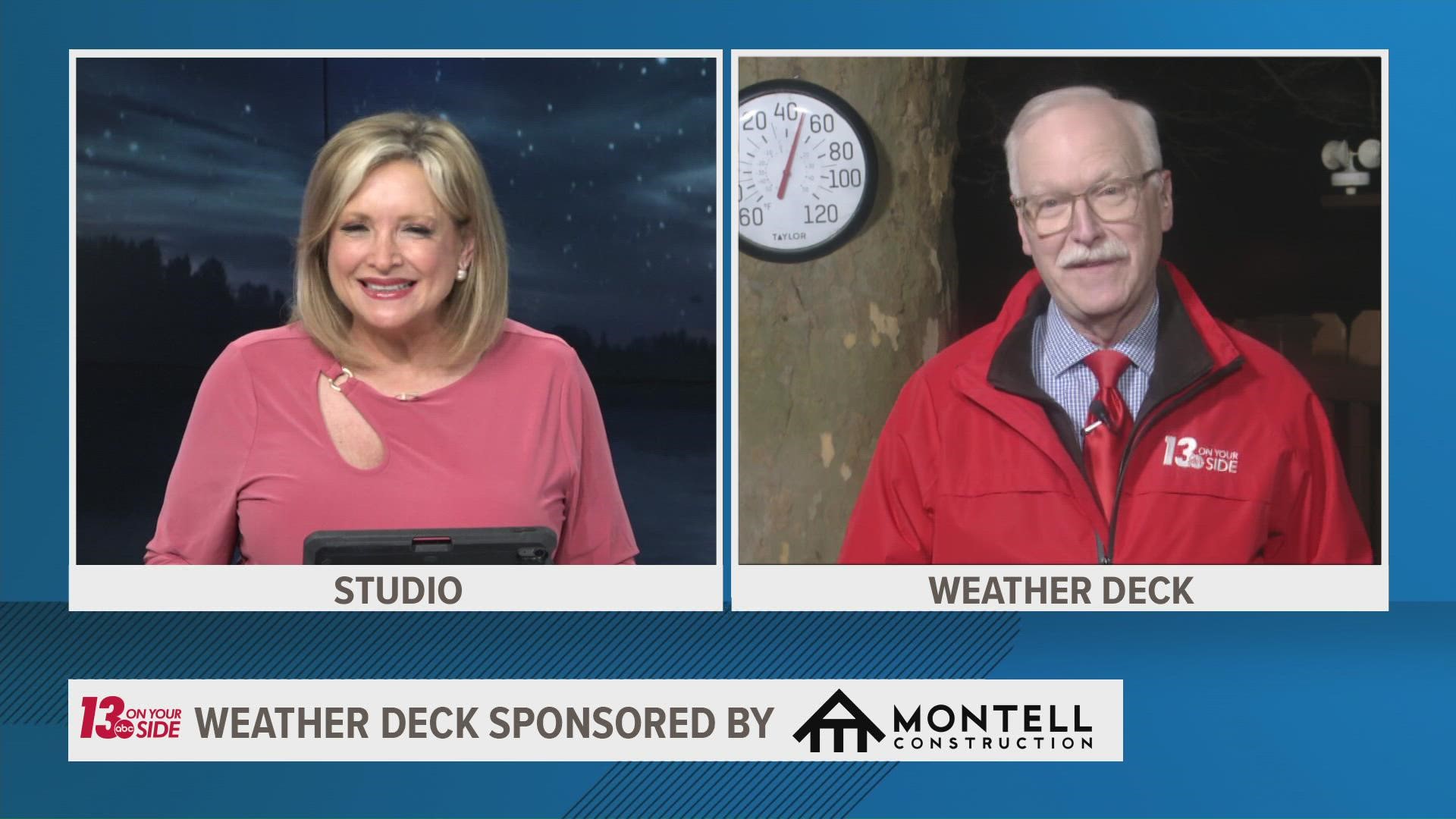INDIANAPOLIS — If you were looking into the sky shortly before 10 p.m. Thursday, you may have seen something a little strange.
That bright string of lights many viewers reported seeing was a Starlink satellite train moving through its orbit.
Starlink, the Elon Musk broadband internet company, operates with a large network of low-orbit satellites, many of which are routinely visible from earth during nighttime hours.
According to findstarlink.com, the website that tracks when the satellites will be visible in various locations, Thursday night was an unusually good opportunity to see one from our region.
If you missed seeing the satellite Thursday, there's good news. Findstarlink.com says that Friday night will offer another chance to see the satellites in their brightest state. Look from the northwest to the southwest right at 10 p.m. to catch a glimpse.
The early morning hours of Saturday, April 23 (5:12 a.m.) and Tuesday, April 26 (5:50 a.m.) will give an "average" view of the satellite train moving through the sky.
RELATED: How to watch the Lyrid meteor shower
Starlink uses a network of more than 2,000 satellites orbiting Earth more than 340 miles up. The company is continuing to launch satellites in batches as part of its goal of providing high-speed broadband internet around the world, particularly places with poor connectivity.
The satellites have played a role in keeping Ukrainians connected to the internet since the Russian invasion of the country. In late February, Musk sent truckloads of equipment to Ukraine to allow people there to use the satellite-based internet service even as Russian forces cut off other internet access.
The system was also used in Tonga after a huge volcanic eruption and tsunami severed a crucial undersea cable, cutting off its main internet connection for weeks.
The large number of satellites being launched by Starlink and other companies, including Amazon, have been a source of frustration for some, though. The "satellite pollution" created by the thousands of orbiting objects make it difficult for astronomers to observe space.

